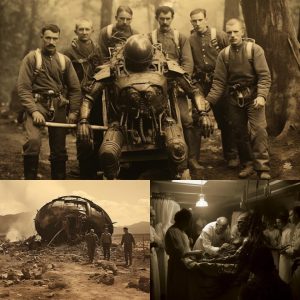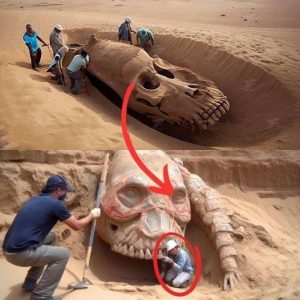Cannons cast in the 18th and 19th centuries; Some are giant in size, some are exquisitely crafted.

In the outer campus of the Ho Chi Minh City History Museum, District 1 displays a collection of 13 Vietnamese and Western cannons. The guns all date from the 18th to 19th centuries and are of many different models.

The largest are four giant cannons cast by the French. Among them, the oldest is a gun cast in 1868, used in the French invasion of Vietnam.

Other French cannons were cast around the end of the 19th century of the same size and material. During this time, the French colonized Vietnam, and cannons were cast by France to protect its interests in the colony.

Western cannons were made of monolithic cast iron, weighed dozens of tons, and were stored on racks.

The tail of the Western cannon is engraved with the serial number and year of casting. Western cannons, in addition to being large in size, also have the ability to shoot farther, more accurately and have higher damage than Asian-made guns.

Next to the Western cannons are 9 cannons produced by the Nguyen Dynasty around the beginning of the 19th century. These guns are much smaller in size.
Eastern cannons come in many sizes, initially cast in bronze and later replaced by iron or cast iron.

During the Nguyen Dynasty, after being cast, large cannons were immediately awarded the title of general or middle, great, or senior general; with the name pre-molded on the gun body.

The cannons of the Nguyen Dynasty were elaborately shaped with stylized handles with royal motifs.

The gun’s hinges are engraved with Chinese texts.

A cannon is no longer in its original form after 3 centuries of existence.

Ho Chi Minh City Historical Museum was built in 1929, originally named Blanchard de la Brosse after the Governor of Cochinchina at that time. This is the first museum in Saigon and the whole of South Vietnam. In 1954, when the French withdrew, the building was renamed the National Museum and had its current name after 1975.
The project was designed and built by French architect Delaval in a style combining European and indigenous architecture, exploiting traditional elements and local climate characteristics.
The museum is open daily from 8:00 am to 5:00 pm, entrance fee is 30,000 VND.




